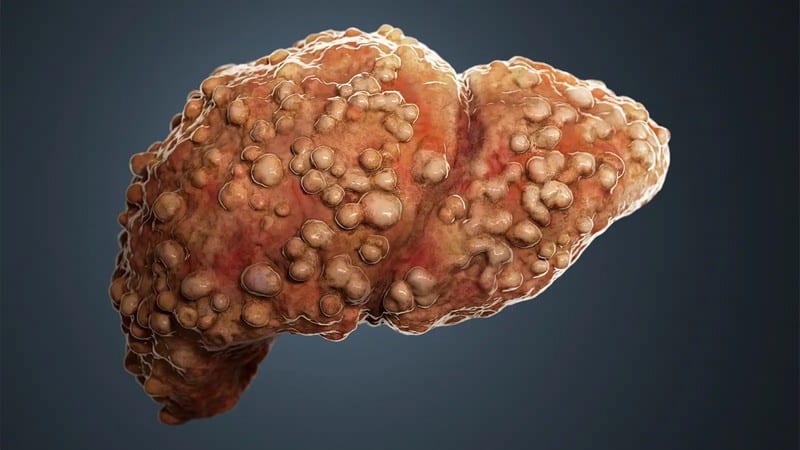Primary Biliary Cirrhosis

Primary biliary cirrhosis (PBC) is a chronic liver disease affecting bile ducts. The bile ducts are responsible for carrying bile from the liver to the small intestine. In PBC, the bile ducts become inflamed and eventually scarred. This can lead to a build-up of bile in the liver and eventually to liver cirrhosis.
The exact cause of PBC is unknown, but it is thought to be an autoimmune disorder. This means that the body’s immune system attacks the bile ducts for unknown reasons. PBC is more prevalent among women than men, usually occurring after age 40.
The most common symptom of PBC is fatigue. Other symptoms include itching, yellowing of the skin (jaundice), and darkening of the urine. There is no cure for PBC, but treatment can help to manage the disease and improve symptoms. The most common treatment for PBC is a medication called Ursodiol. This medication helps to improve bile flow and reduce liver damage. In some cases, a liver transplant may be necessary.










